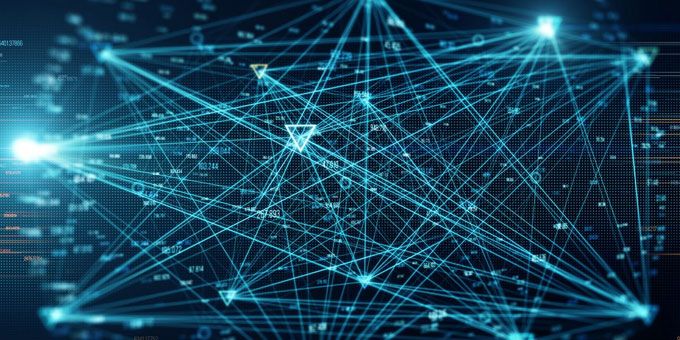Machine learning technology — computer programs that use data sets to "learn" how to see patterns in information like wind speed and energy output — may be the answer to wind farms' prediction problem.
 How Machine Learning Could Impact the Future of Renewable Energy
How Machine Learning Could Impact the Future of Renewable Energy

Emily Folk | Conservation Folks
More and more cities are looking to go green. And renewable energy is, if current trends hold, the future of the energy industry.
But as renewable energy technologies like wind farms are implemented at larger scales than ever, local officials are running into their limitations. The energy production of wind farms is hard to predict, and this makes energy grid design difficult.
Experts hope that machine learning can be applied to renewable energy to solve this problem. If it works, this new tech may make energy officials more enthusiastic about implementing renewables.
Wind Farm Forecasting and Green Planning
One downside of renewables is how hard it can be to predict the energy they produce. Wind speeds can vary widely from hour to hour and from day to day. You can average out how much wind a certain place gets over the course of a long period of time. And you can also use that information to figure out how much energy a wind farm may produce per year. But it's much harder to accurately predict the energy a wind farm will produce on a given day or at a certain time.
Inaccurate predictions mean it's harder to know if construction costs will be worth it. With renewables, too much and too little are both big problems. Create too little power and you'll need to have supplemental energy sources at the ready. Generate too much power and you'll need to either store that energy or waste it. And battery technology is just too expensive right now to store renewable energy at any sort of useful scale.
Machine learning technology — computer programs that use data sets to "learn" how to see patterns in information like wind speed and energy output — may be the answer to wind farms' prediction problem.
The same machine learning tech, experts think, could be used to make green energy more predictable. In February 2019, Google announced that it was using DeepMind, the company's in-house machine learning technology, to predict the energy output of wind farms.
The machine learning technology has already made wind farm predictions 20 percent more valuable, according to Google. And better value means that wind farms may be seen as a safer investment by municipal officials who control which kinds of energy projects get built.
Will machine learning build better wind farms? It's hard to say. But machine learning has been successful in related fields.
The weather is notoriously difficult to predict, for many of the same reasons that it's hard to predict wind speeds. A good prediction needs to take into account more variables than a person can keep track of — like changing levels of humidity, pressure and temperature. Predicting the weather is so hard, in fact, that IBM acquired The Weather Company to see if machine learning could make weather predictions better. The results? According to IBM, they achieved a nearly 200 percent increase in the accuracy of forecasts.
Improved Renewable Energy Efficiency
Machine learning tech can be used to find patterns in almost any kind of data — including data about how customers use the energy that renewables produce.
By working with smart technology like thermostats and home assistants, machine learning algorithms can be used to reduce the energy needed by houses and office complexes alike. By building a record of energy needs and keeping track of when people are at home or in the office, the technology could automatically turn off lights and adjust the temperature in a way that reduces the energy used by these buildings.
DeepMind itself has been used in the past to reduce energy costs at Google's data centers. In the future, it may become common to see the same sorts of machine learning tech — or even the same products — working to solve many different aspects of the same problem.
Machine Learning and the Future of Renewables
Right now, some officials are cautious about implementing green technology like wind farms because of how hard it can be to predict how much energy they will produce.
Machine learning technology may change this. By using large amounts of data about variables like wind speeds, it's possible to build a model that more accurately predicts how much energy a wind turbine will produce. These improved models may encourage officials to become more enthusiastic about constructing wind farms.
The same technology is also being used to reduce how much energy a building or industrial complex uses. In the future, it's likely that machine learning will be integrated into many different aspects of energy management and renewable energy production.
The content & opinions in this article are the author’s and do not necessarily represent the views of AltEnergyMag
Comments (0)
This post does not have any comments. Be the first to leave a comment below.
Featured Product

